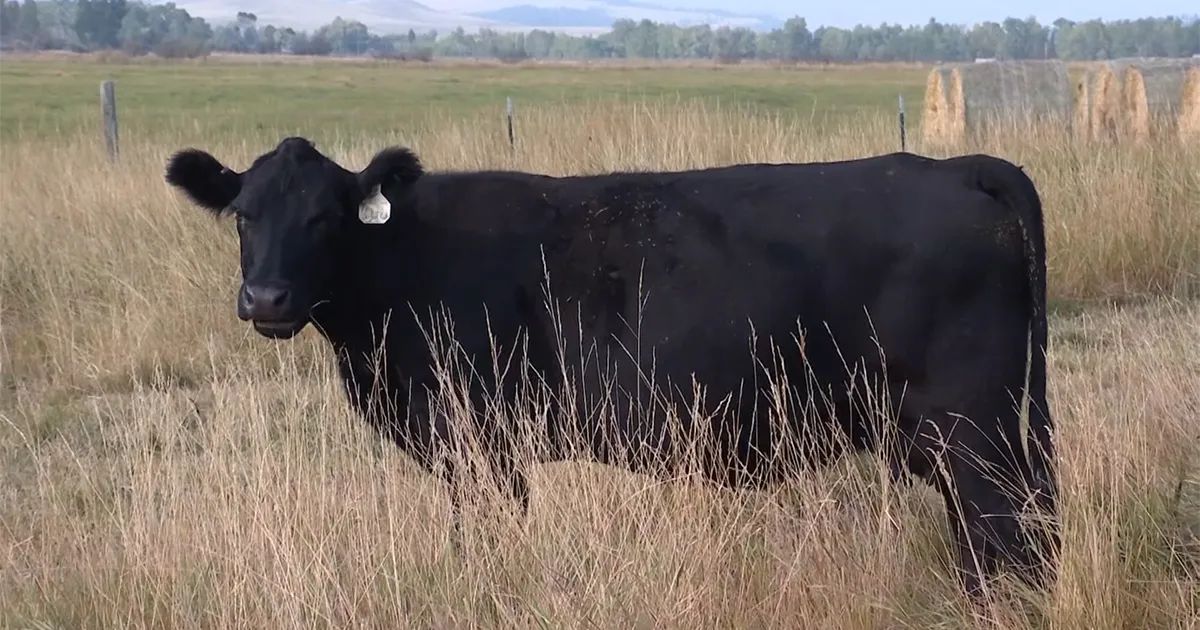
NRCS Grazing Lands Conservation Initiative Invests $22 Million in 29 Projects in 36 States
August 6, 2024
The U.S. Department of Agriculture (USDA) has awarded $22 million for 29 selected projects in 36 states that expand access to conservation technical assistance for livestock producers and increases the use of conservation practices on grazing lands. USDA’s Natural Resources Conservation Service (NRCS) is funding the cooperative agreements through its Grazing Lands Conservation Initiative (GLCI), which empowers partners to increase availability of grazing land technical assistance for livestock producers, including historically underserved producers, as well as Native American tribal governments.
“Privately owned grazing lands cover nearly one-third of the American landscape,” said NRCS Chief Terry Cosby. “Through these selected projects and cooperative agreements, NRCS leverages the knowledge and expertise of partners to help livestock producers, advance climate-smart agriculture and serve producers who choose voluntary, private land conservation.”
Selected projects focus on one or more of the following priorities:
- Addressing local natural resource concerns.
- Using climate-smart agriculture and forestry practices and principles.
- Encouraging existing and new partnerships to advance the resource needs of underserved communities.
- Identifying and implementing strategies to quantify, monitor, report on and verify conservation benefits associated with grazing management systems.
- Utilizing Indigenous Traditional Ecological Knowledge, where applicable.
Projects include:
- The Wolfe’s Neck Farm Foundation, Inc. plans to expand managed grazing in New England and Eastern New York through partnerships, climate-smart technical assistance and education.
- Virginia State University plans to provide outreach, training and technical assistance to underserved and veteran ranchers in Virginia on alternative grazing practices and herd management.
- Rolling Hills Resource Conservation and Development Council, Inc. plans to improve grazing management in Georgia by educating producers in the art and science of grazing and introduce them to the latest technology within the grazing industry.
- The Valley Stewardship Network plans to continuing momentum in Wisconsin for conservation grazing through farmer-led watershed management initiatives, technical assistance and ecological monitoring.
- Chico State Enterprises plans to provide technical assistance and workforce development on grazing lands in Northern California. Project activities include working with underserved producers to increase their participation in new and existing grazing coalitions; create a new professional course in Indigenous Traditional Ecological Knowledge (ITEK).
- National Grazing Lands Coalition plans to expand organizational capacity to support grazing coalitions that create local-grassroots-programs across the nation and on indigenous grazing lands to target local resource concerns.
The full list of projects is available on the GLCI webpage.
More on GLCI
Funded by the Farm Bill, GLCI was developed as a coordinated effort to identify priority issues, find solutions and effect change on private grazing land, enhancing existing conservation programs. NRCS is reviving and revitalizing GLCI to leverage partner capacity, expertise and technical assistance to expand the footprint of well-managed grazing systems across the country.
GLCI also supports the National Grazing Lands Coalition to help state grazing coalitions form and persist with participation from historically underserved producers and Native American tribal governments and organizations.
USDA touches the lives of all Americans each day in so many positive ways. In the Biden-Harris administration, USDA is transforming America’s food system with a greater focus on more resilient local and regional food production, fairer markets for all producers, ensuring access to safe, healthy and nutritious food in all communities, building new markets and streams of income for farmers and producers using climate smart food and forestry practices, making historic investments in infrastructure and clean energy capabilities in rural America, and committing to equity across the Department by removing systemic barriers and building a workforce more representative of America. To learn more, visit usda.gov.
Source: USDA










